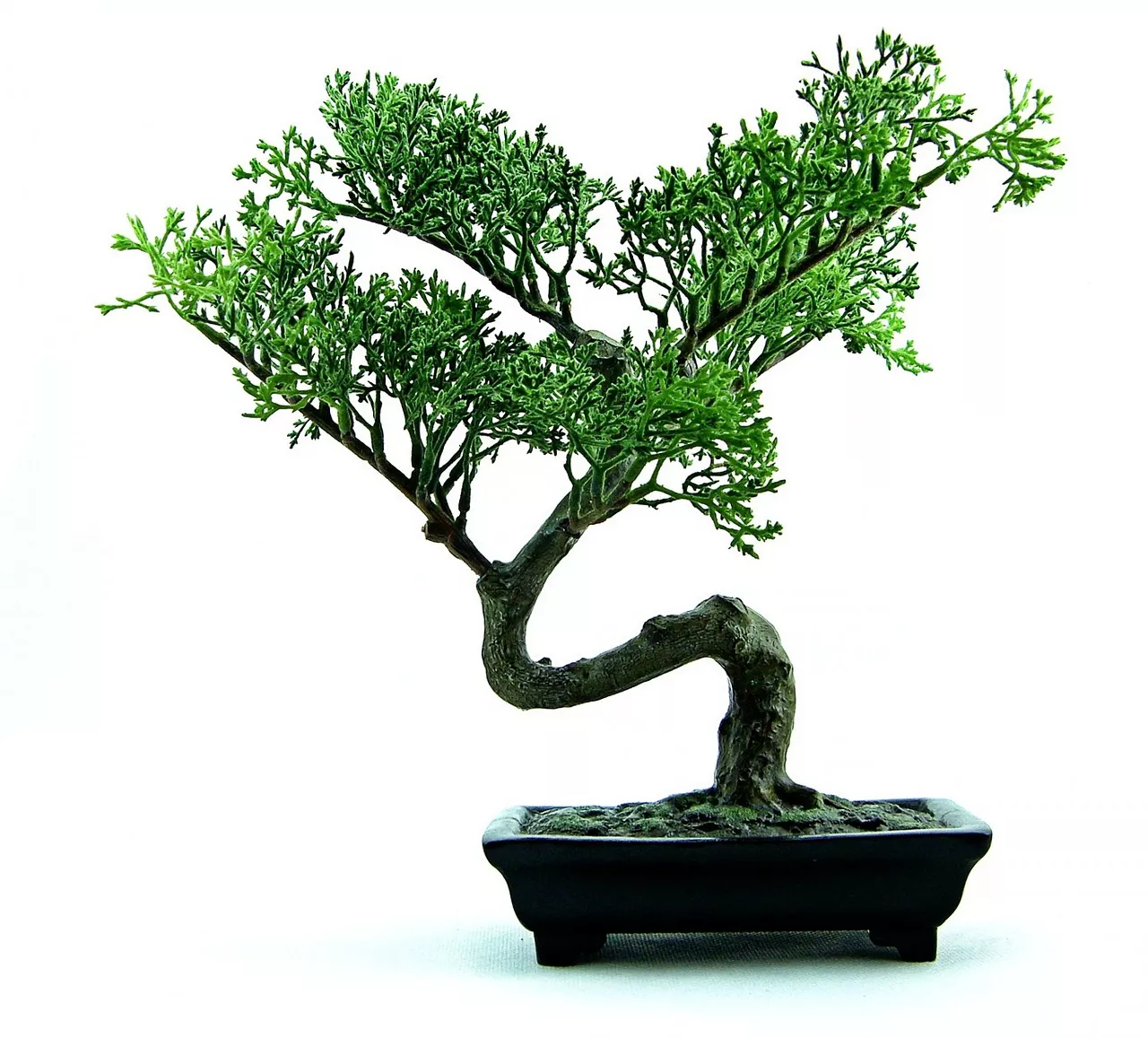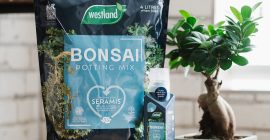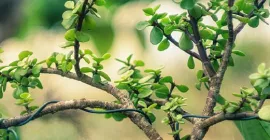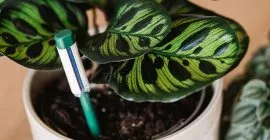Bonsai trees are grown in a pot or container and trained to produce a desired shape or effect. There are many different types of Bonsai for indoors. Even though many people choose a Bonsai tree depending on how appealing it looks, you must pick the right Bonsai for the environment it will be in. So if you would like help on how to choose a Bonsai read on….
1. Size
One of the first things you need to consider when buying a Bonsai tree is where you are going to place it. This matters because Bonsai trees can come in lots of different sizes. Therefore you need to buy one that will grow to the right size for the space you are putting it in. For example, you could have a small Bonsai tree such as a Mame bonsai tree which grows up to 10cm (4 inches). On the other hand, if you are looking to fill a bigger space, a Chinese Elm Bonsai tree (Ulmus Parviflora) can look very good.
2. Environment where it will be placed
Although the majority of indoor Bonsai trees need lots of light and protection from frost, some require more specific conditions. Therefore when buying your Bonsai tree you should consider this. Here are a few of the common conditions where Bonsai trees may be placed and the best plants for those environments.
| Positon with lots of bright light | Jade bonsai tree (Crassula ovata) and Chinese sweet plum bonsai tree (Sageretia theezans). |
| In a room that gets really warm | Oriental tea bonsai tree (Carmona microphylla) |
| Receives sun in the morning and the evening | Chinese Elm bonsai (Ulmus Parviflora) |
| Well-lit position but out of direct sunlight | Fig bonsai tree (Ficus retusa) |
| Regular watering not essential | Jade bonsai tree (Crassula ovata) |
3. Growers expertise
Depending on the variety of Bonsai tree, some can be easier to grow than others. If you are a beginner and do not have much experience of growing Bonsai, varieties such as a fig bonsai tree (Ficus retusa), Dwarf Hawaiian Umbrella bonsai tree (Schefflera arboricola) and Chinese Juniper bonsai tree (Juniperus) are very popular. They can adapt to a range of climates and don’t need such a strict care regime to survive. However, if you are looking for a more advanced Bonsai tree, the Thousand Stars is a beautiful tree to grow.
4. Buying a healthy plant
The key tip to growing a healthy tree, is buying a healthy one to start with. Here are the key things to look at when buying the tree to decide whether it is a good and healthy Bonsai.
- Branches: a healthy Bonsai should not have branches that cross and have even distribution of branches throughout the shape of the tree.
- Leaves: the leaves on a Bonsai should be a healthy and bright green colour. None of the leaves should be dried out or look off-colour.
- Roots: the roots should be slightly sticking out of the soil but anchored into the pot securely.
- Trunk: the trunk should be thicker at the bottom than at the top. The surface of the trunk should be smooth.





